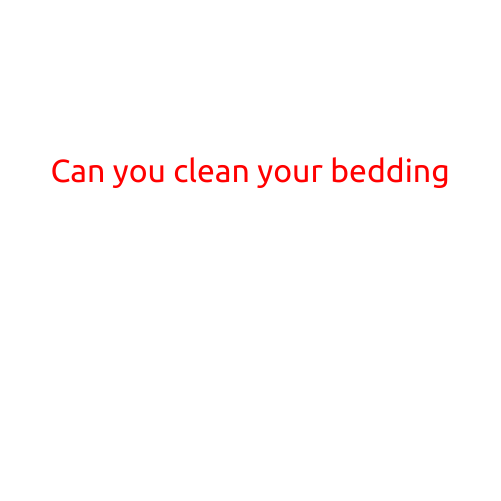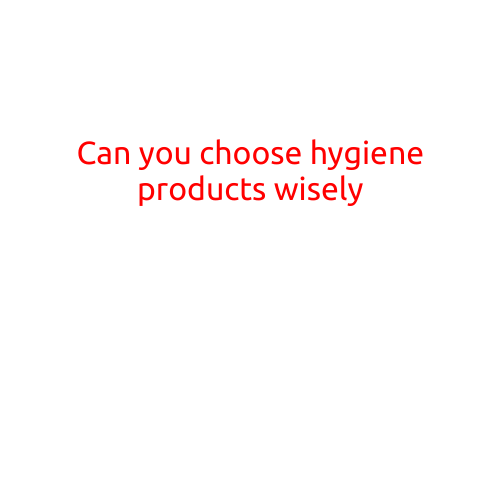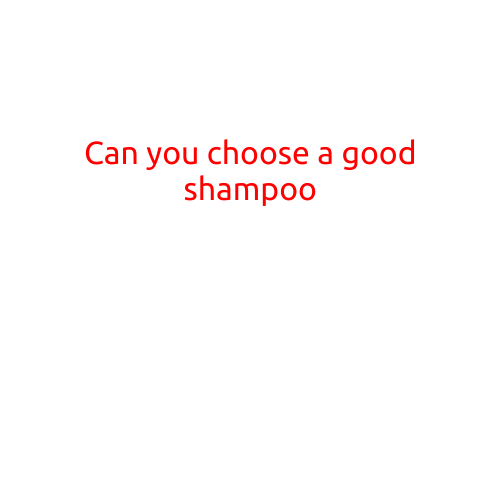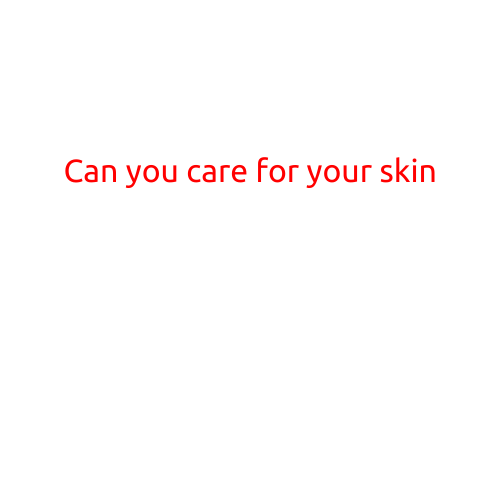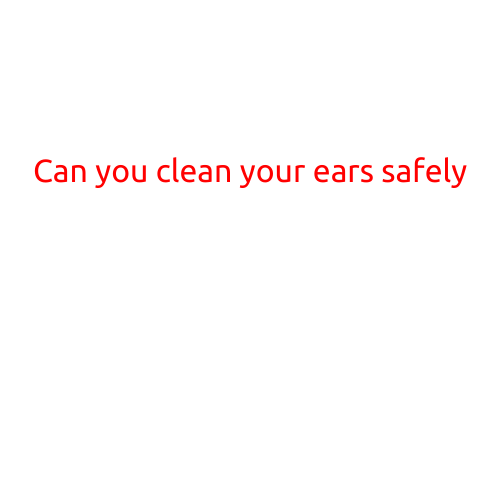
Can You Clean Your Ears Safely?
Earwax, also known as cerumen, is a natural substance produced by the glands in your ears to protect them from dirt, dust, and other foreign particles. However, sometimes earwax can build up and cause discomfort, itchiness, or even hearing problems. This has led many people to wonder: can you clean your ears safely?
The Dangers of Ear Cleaning
While it may seem like a good idea to clean your ears, using cotton swabs (Q-tips) or other objects to remove earwax can actually do more harm than good. In fact, the American Academy of Otolaryngology-American Academy of Pediatrics (AAO-HNSF) recommends not using Q-tips to clean your ears at all.
Using cotton swabs can push the earwax deeper into your ear canal, potentially causing:
- Earwax impaction: Building up of earwax that can cause hearing loss, itchiness, or discomfort.
- Ear damage: Insertion of objects can cause punctures in the eardrum or damage to the ear canal.
- Middle ear infections: Pushing earwax deeper into the ear canal can increase the risk of middle ear infections.
The Safe Way to Clean Your Ears
So, how can you keep your ears clean without causing harm? Here are some tips:
- Avoid using cotton swabs: Don’t use Q-tips or any other objects to clean your ears.
- Use earwax dissolving drops: If you have excess earwax, use earwax dissolving drops recommended by your doctor or pharmacist.
- Dry your ears: After showering or bathing, dry your ears with a towel or let them air dry.
- Use over-the-counter ear cleaners: If you need to clean your ears, use an ear cleaner specifically designed for this purpose.
- Visit a doctor: If you have persistent earwax buildup, see a doctor or an ear, nose, and throat (ENT) specialist. They can remove the earwax professionally and safely.
Tips for Children
If your child has earwax buildup, it’s especially important to clean their ears safely. Here are some tips for parents:
- Avoid using cotton swabs: Children are more prone to pushing earwax deeper into their ear canal, so it’s best to avoid using Q-tips altogether.
- Use a soft cloth: Gently wipe your child’s outer ear canal with a soft cloth.
- Consult a pediatrician: If your child experiences earwax buildup or discomfort, consult a pediatrician or an ENT specialist for further guidance.
In conclusion, cleaning your ears safely requires avoiding the use of cotton swabs and other objects that can cause harm. Instead, use earwax dissolving drops, over-the-counter ear cleaners, or consult a healthcare professional for assistance. Remember, it’s always better to err on the side of caution when it comes to your ear health.
